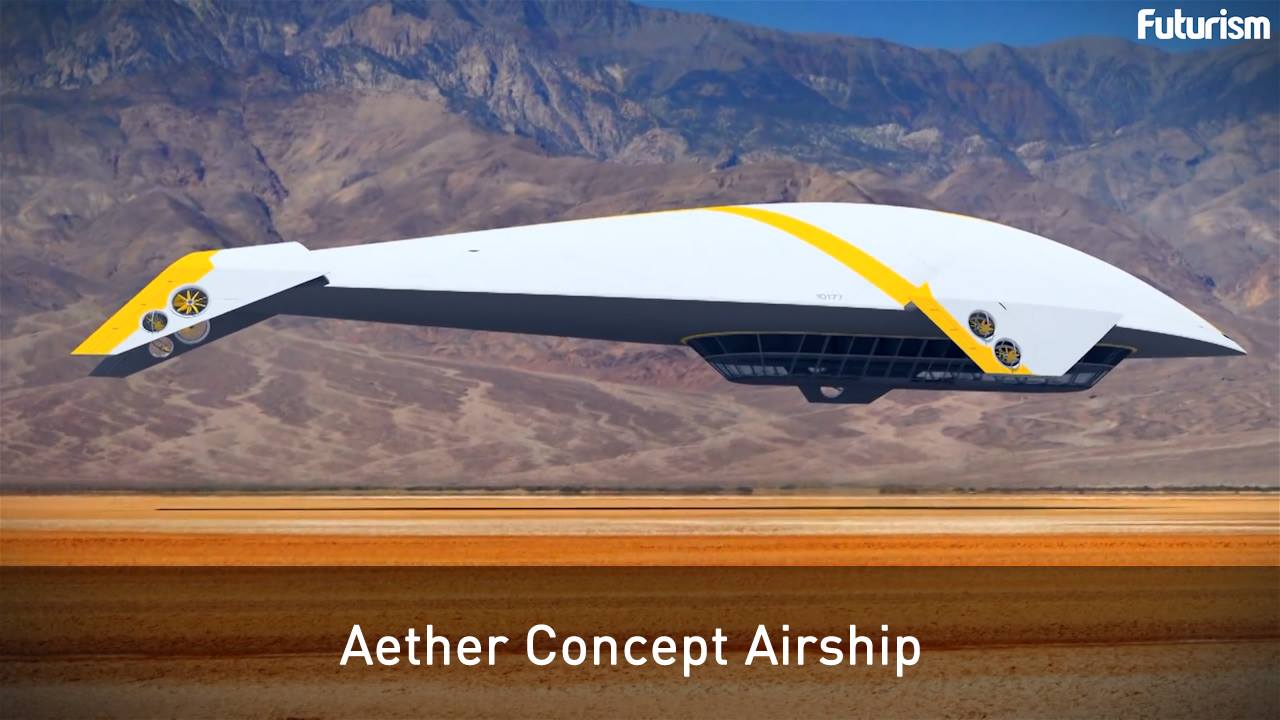Page 11249
Apr 1, 2016
Brainstorming New Ways To Test If Cosmos Is One Big Computer Simulation
Posted by Bruce Dorminey in categories: computing, space
Blast from the past. Someone in an astrobiology group seemed to question the validity of the question in my recent story on 5 Questions For E.T. about whether the universe is artificial. Here’s my response:
In the dog days of summer, when a gush of hot air from a Fifth Avenue subway grate can feel as real as it gets, take heart that the downtown traffic nipping at your heels may just be part of a cosmic-scale computer simulation.
The idea that the cosmos and everything in it could be a super-advanced civilization’s version of Xbox first came to the fore a little over a decade ago.
Continue reading “Brainstorming New Ways To Test If Cosmos Is One Big Computer Simulation” »
Apr 1, 2016
Artificial intelligence steals money from banking customers
Posted by Aleksandar Vukovic in categories: computing, economics, humor, robotics/AI
However, Rob Ott, a computer scientist at Stanford University in Palo Alto, California, who did work on the system—Deep Learning Interface for Accounting (DELIA)—notes that it simply held all of the missing money, some $40,120.16, in a “rainy day” account. “I don’t think you can attribute malice,” he says. “I’m sure DELIA was going to give the money back.”
Technologists shocked by program’s ability to set its own priorities—such as getting rich.
Apr 1, 2016
Rivers of stars could point to cold dark matter in the Milky Way halo
Posted by Andreas Matt in categories: cosmology, physics
Apr 1, 2016
We Have a New Way To Create Super-Efficient Liquid Batteries
Posted by Klaus Baldauf in category: materials

The inventors of liquid metal batteries give their original creation an upgrade using calcium, an abundant and inexpensive element.
With his latest upgrade to liquid metal batteries, there’s no better (and indeed, more apt!) way to describe MIT Professor and materials engineer Donald Sadoway than to say that he just keeps going and going and going…
Apr 1, 2016
Researchers have worked out how to mind control cockroaches
Posted by Amnon H. Eden in categories: engineering, neuroscience, robotics/AI
In a video presented at IEEE Robotics and Automation Society’s annual conference, Chinese engineering students guide a living cockroach along S-shaped and Z-shaped paths using brain-to-brain interface: a bluetooth electroencephalogram (EEG) headset, translated and wirelessly sent to an electronic backpack receiver attached to the cockroach. The electrical impulses then stimulated the antennae nerves of the cockroach through a microelectrode implanted into its head. Watch the video released:
(Announced 16 June 2015 but only just came to our attention. And no, this is not April Fools post.)
Apr 1, 2016
A man in China has built a robot that looks just like Scarlett Johansson
Posted by Shailesh Prasad in category: robotics/AI

https://youtube.com/watch?v=wIE7_J1EFLs
HONG KONG (Reuters) — Like innumerable children with imaginations fired by animated films, Hong Kong product and graphic designer Ricky Ma grew up watching cartoons featuring the adventures of robots, and dreamt of building his own one day.
Unlike most of the others, however, Ma has realized his childhood dream at the age of 42, by successfully constructing a life-sized robot from scratch on the balcony of his home.
Continue reading “A man in China has built a robot that looks just like Scarlett Johansson” »
Apr 1, 2016
This neural network ‘hallucinates’ the right colors into black and white pictures
Posted by Shailesh Prasad in categories: computing, neuroscience, robotics/AI
The machine overlords of the future may now, if it pleases them, eliminate all black and white imagery from the history of their meat-based former masters. All they’ll need is this system from Berkeley computer scientist Richard Zhang, which allows a soulless silicon sentience to “hallucinate” colors into any monochrome image.
It uses what’s called a convolutional neural network (several, actually) — a type of computer vision system that mimics low-level visual systems in our own brains in order to perceive patterns and categorize objects. Google’s DeepDream is probably the most well-known example of one. Trained by examining millions of images of— well, just about everything, Zhang’s system of CNNs recognizes things in black and white photos and colors them the way it thinks they ought to be.
Grass, for instance, has certain features — textures, common locations in images, certain other things often found on or near it. And grass is usually green, right? So when the network thinks it recognizes grass, it colors that region green. The same thing occurs for recognizing certain types of butterflies, building materials, flowers, the nose of a certain breed of dog and so on.
Apr 1, 2016
Successfully Engineering Water-loving Nanoparticle Diodes
Posted by Shailesh Prasad in categories: computing, electronics, engineering
Nanoparticle diodes and devices that work when wet.
“Groundbreaking” research by Prof. Bartosz Grzybowski (School of Natural Science).
Nanoparticle Diodes and Devices That Work When Wet.
A new study by an international team of researchers, affiliated with UNIST has found a new way to produce electronic devices, such as diodes, logic gates, and sensors without the need of semiconductors.
Continue reading “Successfully Engineering Water-loving Nanoparticle Diodes” »















